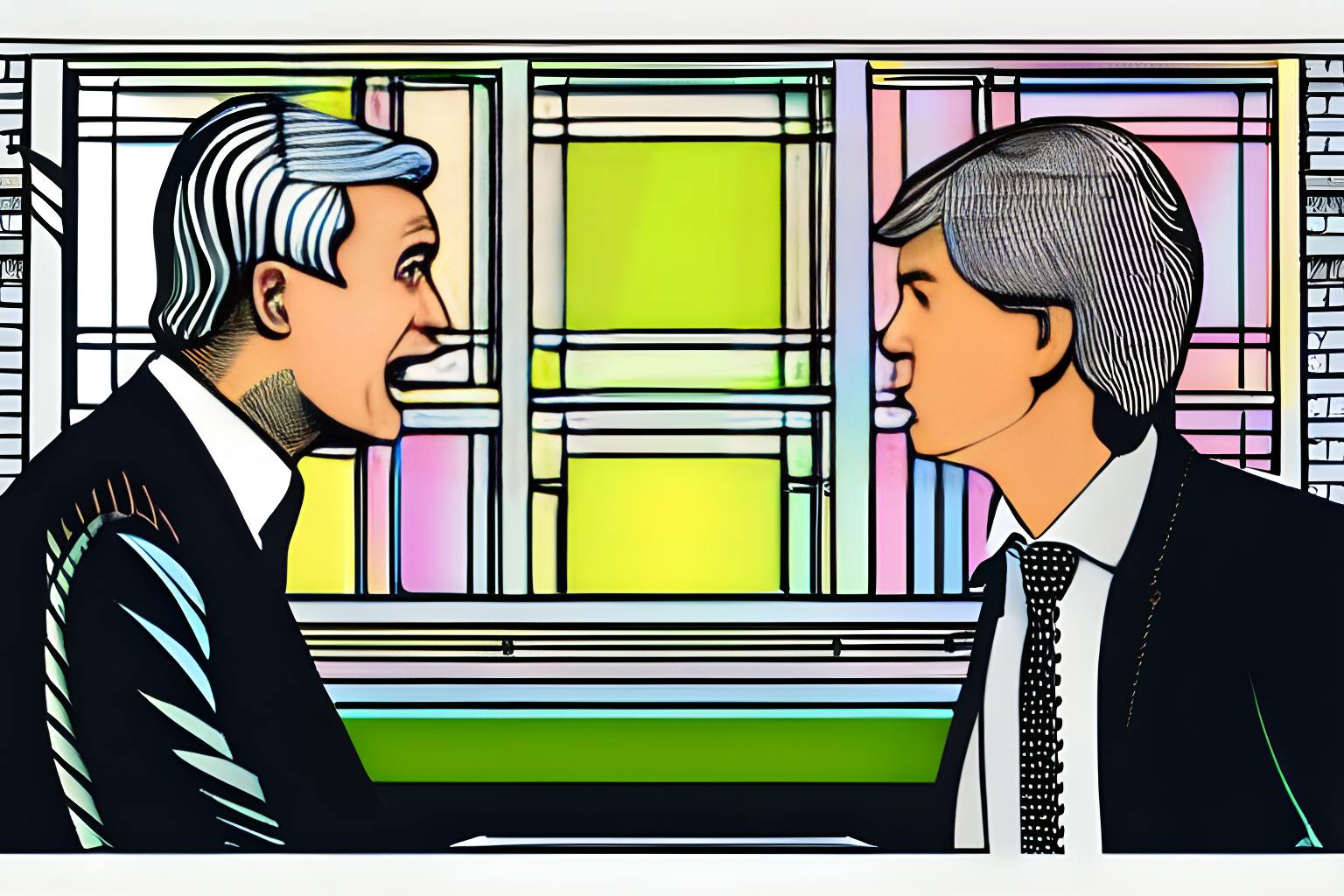Github Motion to dismiss Court Filing, retrieved on January 26, 2023 is part of HackerNoon’s Legal PDF Series. You can jump to any part in this filing here. This part is 19 of 26.
ARGUMENT
IV. PLAINTIFFS’ TORT AND UCL CLAIMS FAIL.
A. Plaintiffs’ Tort And UCL Claims Are Preempted By The Copyright Act.
Section 301 of the Copyright Act preempts “legal or equitable rights that are equivalent to any of the exclusive rights within the general scope of copyright … and come within the subject matter of copyright.” 17 U.S.C. § 301(a). Courts evaluate copyright preemption under a “twopart test,” holding state law claims preempted where (1) “the ‘subject matter’ of the state law claim falls within the subject matter of copyright as described in 17 U.S.C. §§ 102 and 103”; and (2) “the rights asserted under state law are equivalent to the rights contained in 17 U.S.C. § 106.” Maloney v. T3Media, Inc., 853 F.3d 1004, 1010 (9th Cir. 2017) (quotation marks omitted).
The subject matter requirement of the test is plainly satisfied. Plaintiffs’ tortious interference, fraud, and UCL claims all involve Plaintiffs’ claimed copyright interests in computer code, which constitutes a “literary work” under § 102. See Google, 141 S. Ct. at 1196. Plaintiffs’ tortious interference claim alleges that Defendants “improperly use[] Copilot to create Derivative Works,” Compl. ¶ 189, the subject matter of § 103. The fraud claim likewise is based on the allegation that Defendants “sell[] … Licensed Materials as part of Copilot.” Compl. ¶ 197. And aspects of Plaintiffs’ UCL claims based on non-privacy state law causes of action likewise involve “code.” Compl. ¶ 212(b). These claims therefore involve the “subject matter” of copyright, a result that obtains even if the code is not actually protected by the Copyright Act. See Montz v. Pilgrim Films & Television, Inc., 649 F.3d 975, 979 (9th Cir. 2011) (en banc) (“[T]he scope of the subject matter of copyright law is broader than the protections it affords.”).
The second step is also met with respect to each claim—indeed, the claims quote nearly verbatim from the Copyright Act’s list of exclusive rights. As noted above, Plaintiffs’ tortious interference claim is based on the allegation that Defendants “create Derivative works,” Compl. ¶ 189, mirroring § 106(2)’s grant of the exclusive right “to prepare derivative works.” And Plaintiffs allege no other conduct or element of their tortious interference claim that would render it “qualitatively different” from a claim of infringement of the right to create derivative works. Crafty Prods., Inc. v. Fuqing Sanxing Crafts Co., 839 F. App’x 95, 98-99 (9th Cir. 2020) (tortious interference claim preempted); Harper & Row Publishers, Inc. v. Nation Enters., 723 F.2d 195, 201 (2d Cir. 1983) (tortious interference claim preempted where “unauthorized publication is the gravamen of the[] claim”), rev’d on other grounds, 471 U.S. 539 (1985).
Similarly, Plaintiffs’ fraud claim alleges merely that GitHub stated that it would not sell or distribute Plaintiffs’ code, then “failed to honor [these] representations” by selling or distributing Plaintiffs’ code. Compl. ¶¶ 195-97. This claim is indistinguishable from one for infringement of § 106(3)’s distribution right. Although fraud claims may escape preemption where they involved intentional misrepresentations tangentially related to the subject matter of copyright, Plaintiffs allege no misrepresentation at all—their claim is just an attempt to impose liability for distributing code. This disguised copyright claim is preempted. See Idema v. Dreamworks, Inc., 162 F. Supp. 2d 1129, 1191-92 (C.D. Cal. 2001); Giddings v. Vison House Prod., Inc., No. CV 05-2963, 2007 WL 2274800, at *3 (D. Ariz. Aug. 7, 2007).
To the extent Plaintiffs’ UCL claim is predicated on the above torts, it too is preempted. See Maloney, 853 F.3d at 1019 (holding UCL claim preempted); Kodadek v. MTV Networks, Inc., 152 F.3d 1209, 1213 (9th Cir. 1998) (same). And the same analysis requires dismissal of Plaintiffs’ invocation, under § 17200 and the common law, of the remedy of unjust enrichment, which once again is based on the allegation that Defendants “used [Plaintiffs’ code] to create Derivative Works” and “res[old] [them].” Compl. ¶¶ 204-10.
Continue Reading Here.
About HackerNoon Legal PDF Series: We bring you the most important technical and insightful public domain court case filings.
This court case 4:22-cv-06823-JST retrieved on September 11, 2023, from documentcloud.org is part of the public domain. The court-created documents are works of the federal government, and under copyright law, are automatically placed in the public domain and may be shared without legal restriction.

